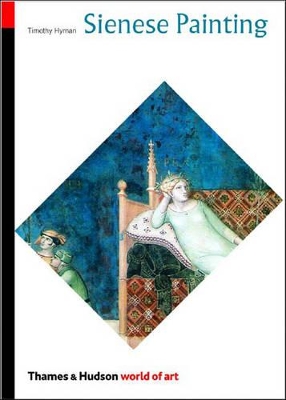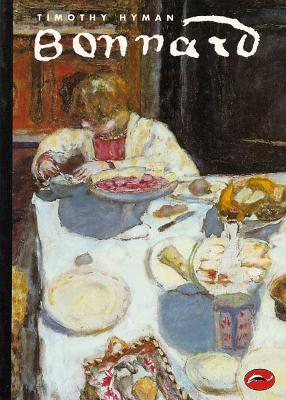World of Art
2 total works
For two centuries, the city-republic of Siena was home to a brilliant succession of painters who produced some of the greatest masterpieces of all time. This overview is an essential introduction to this extraordinary artistic tradition. Taking a broadly chronological approach, it moves from the fourteenth-century Siena of Duccio, Simone Martini and the Lorenzetti brothers, to the fifteenth-century city of Sassetta and Giovanni di Paolo.
Perceptive visual analysis of the distinctive styles and conventions of Sienese painting is combined with clear explanations of traditional techniques such as fresco and tempera. The works are also placed in their social and religious context through discussion of Siena’s system of government, its civic consciousness, the importance of the Franciscan movement and the cults of local saints.
An accomplished writer as well as a practising artist, Timothy Hyman brings breadth of knowledge and experience to this extensively illustrated book, brilliantly conveying his personal enthusiasm for Sienese art.
Perceptive visual analysis of the distinctive styles and conventions of Sienese painting is combined with clear explanations of traditional techniques such as fresco and tempera. The works are also placed in their social and religious context through discussion of Siena’s system of government, its civic consciousness, the importance of the Franciscan movement and the cults of local saints.
An accomplished writer as well as a practising artist, Timothy Hyman brings breadth of knowledge and experience to this extensively illustrated book, brilliantly conveying his personal enthusiasm for Sienese art.
Reviewing the work of Bonnard, one of the best-loved artists of the modern period, this book draws insights into his personality from his paintings. It is published on the occasion of a retrospective exhibition at the Tate Gallery, London, in February 1998. Bonnard's association with the Nabis, especially Vuillard, inspired him to develop Impressionist notions, by treating light and colour in an entirely fresh way. Influenced by Japanese prints, Bonnard's style evolved into decorative intimate evocations of interiors; in his mature work, the rich and sometimes near-abstract compositions of the 1930s and 1940s recall Matisse's monumental treatments. His best-known figure paintings, the many intimate portraits of his wife Marthe, express profoundly human concerns, characteristic of all Bonnard's painting.

